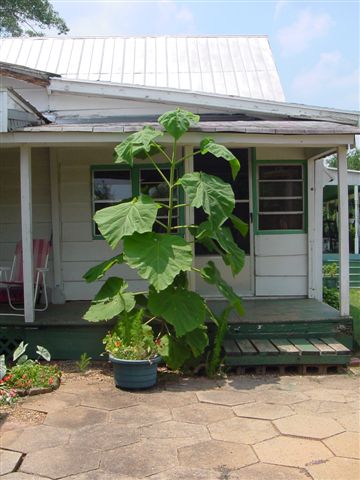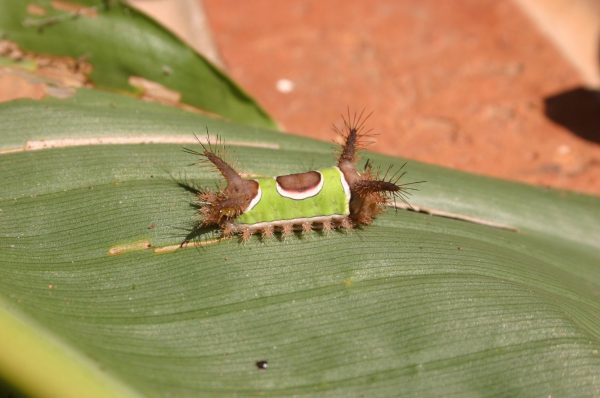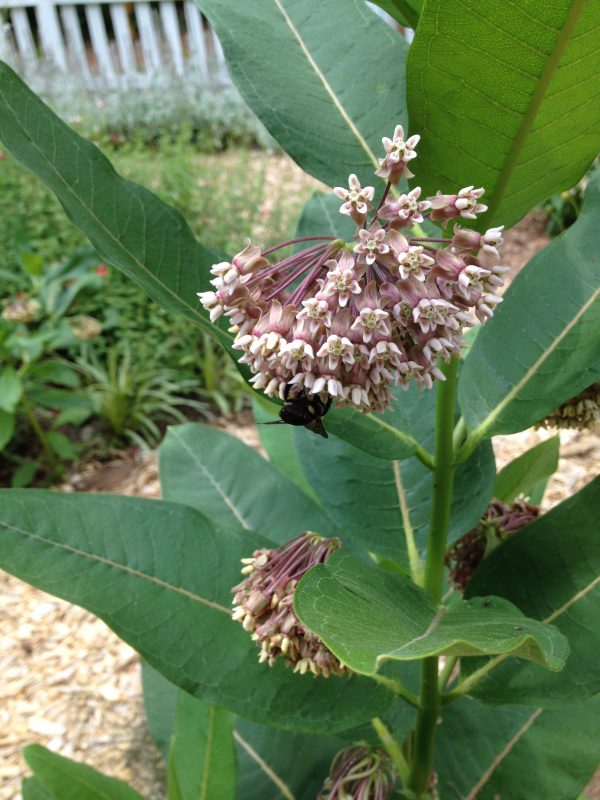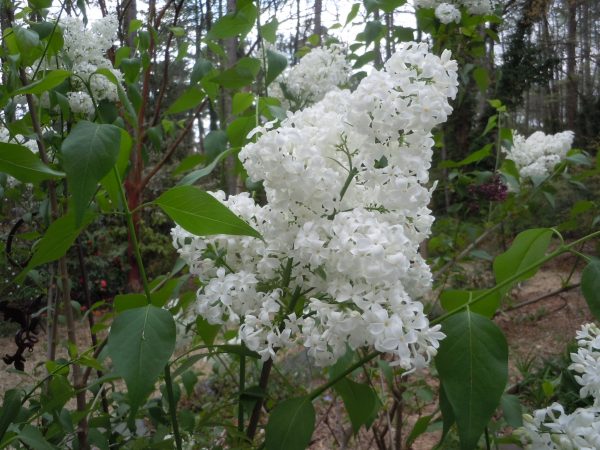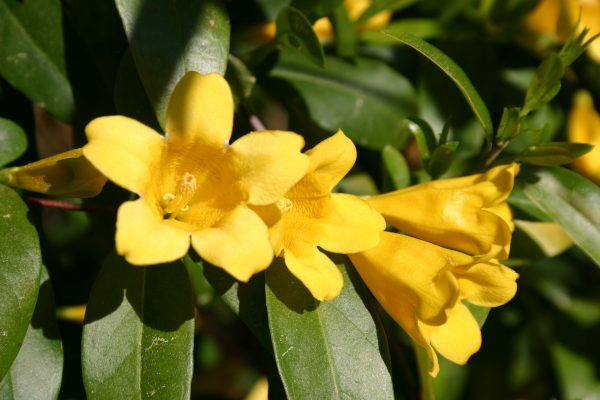Crapemyrtle – Pruning versus Pollarding
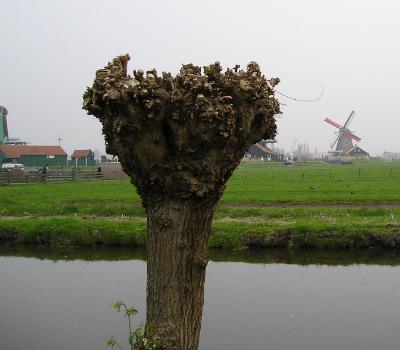
Q: I know you don’t like “crape murder” but when I was in Europe I saw many trees that had been severely pruned for many years.
They said it was called “pollarding” and was good for the trees.
What gives?
A: It’s true that Europeans have pollarded trees for hundreds of years. It allows them to have shade trees in small spaces, because pollarding is a process of yearly pruning.
Even so, I think the pollarded trees of Europe are unattractive. They are managed to achieve a space effect – not to make a beautiful form. In addition, they have to be pruned carefully each year.
Likewise, I think pollarded crapemyrtles are ugly.
It makes no sense to me to massacre a beautiful plant when there is plenty of room around them.
If the correct crapemyrtle variety had been chosen in the first place, the yearly “murder” wouldn’t be necessary.
To amplify my thoughts, I asked some colleagues who are plant experts to weigh in on the subject.
Shannon Pable’s comments “Crape murder is cutting into old wood typically at or below the last cutting.”
Steve Pettis’ comments: “Pollarding is a crown reduction method that produces extremely unattractive trees, especially crape myrtles.”
Art Morris’ comments: I think we all agree that the preferable treatment for a crapemyrtle is to plant in the right place and let it go.”




